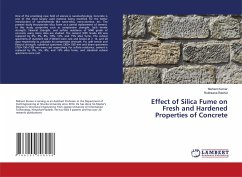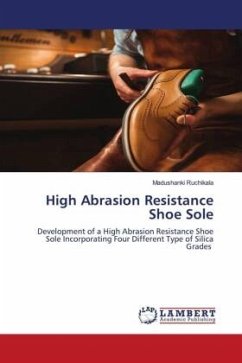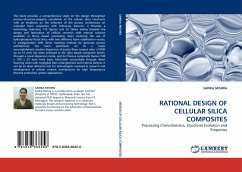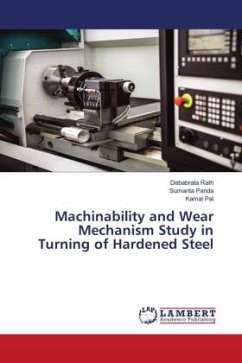One of the promising new field of science is nanotechnology. Concrete is one of the most largely used material being modified for the better introduction of nanomaterials like nano-silica, nano-alumina, etc. The present study incorporates silica fume as a partial replacement of cement. In this study, properties such as compressive strength, Split tensile strength, Flexural strength, and sulfate resistance of M40 grade of concrete using micro silica are studied. The cement (OPC Grade 43) was replaced by 0%, 5%, 8%, 10%, 12%, and 15% silica fume. The cubical specimens of standard size (150mm) were cast and tested at 7, 14, and 28 days respectively to calculate its compressive strength. For split tensile and flexural strength, cylindrical specimens (300×150) mm and beam specimens (750×150×150) mm were cast respectively. For sulfate resistance, cement is replaced by 0%, 5%, 8%, and 15% silica fume, and standard cubical specimens were cast.
Bitte wählen Sie Ihr Anliegen aus.
Rechnungen
Retourenschein anfordern
Bestellstatus
Storno








